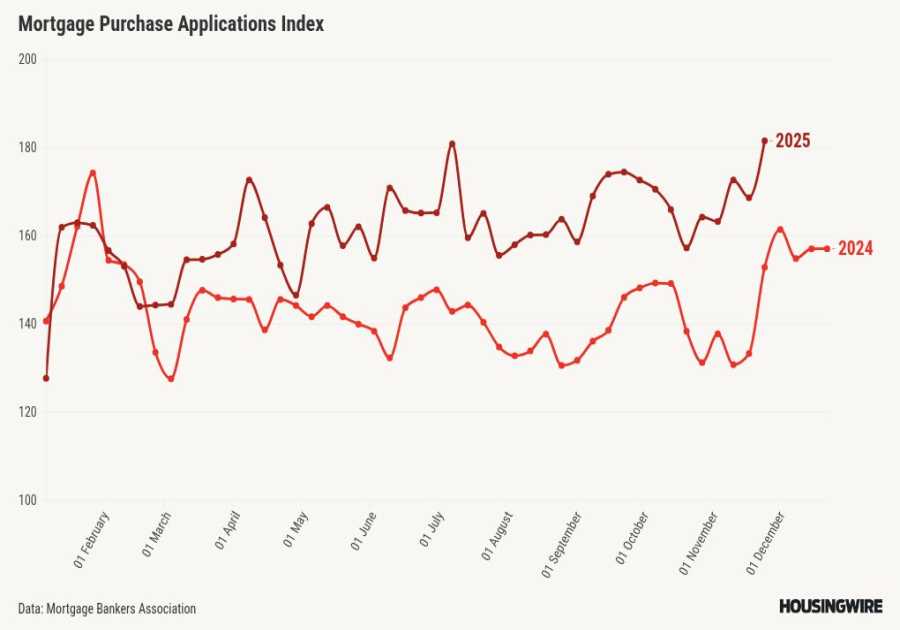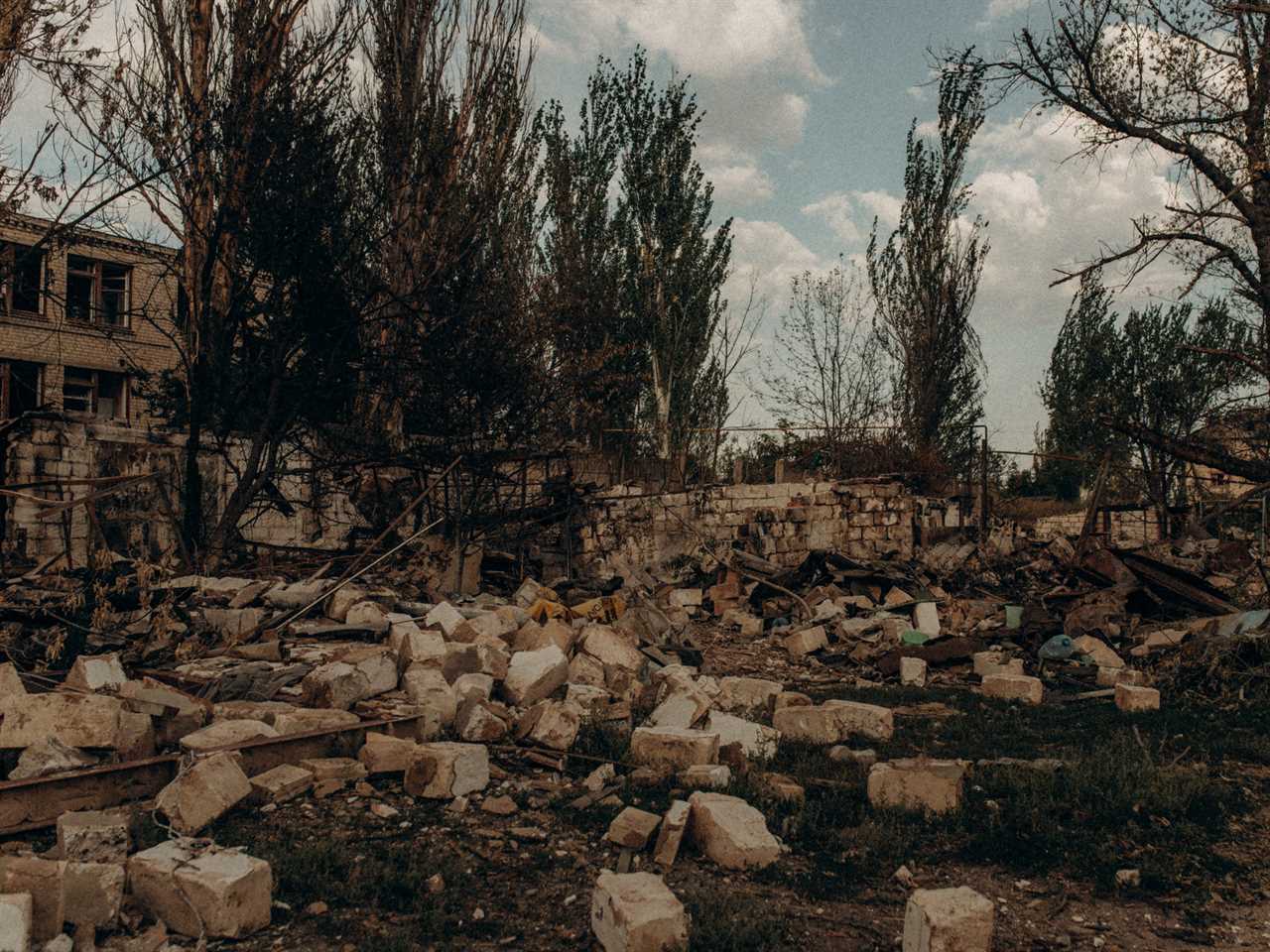
Tania Synia
- The eastern Ukrainian city of Soledar fell to Russia in January after months of brutal battle.
- Soledar and neighboring Bakhmut were once the site of the war's most intense fighting.
- Three people who were in Soledar at that time spoke to Insider about the carnage they witnessed.
The city was already in ruins when Tania Synia arrived in Soledar in August 2022.
The 26-year-old Ukrainian photographer and humanitarian volunteer traveled to the besieged town in late summer last year to help evacuate civilians less than two weeks after Russian assaults on the small city began in earnest.
"It was like a movie. There was bombing everywhere," Synia said. "There were dogs in the streets."
It would be another five months before the eastern Ukrainian city, located 10 miles northeast of Bakhmut, would fall to Russia as the new year dawned. Five long months of air strikes and artillery attacks ravaged the salt-mining town as Russia came to see the seizure of Soledar as a path to victory in the larger city of Bakhmut.
Soledar remained under Ukrainian control until mid-January, when Yevgeny Prigozhin, the leader of the mercenary Wagner Group who died in a plane crash this summer, claimed the town with bombastic fanfare.
The town of Soledar offered little strategic value to Russia's forces beyond a political win. Soledar instead represented the elusive promise of Russia's first significant territorial seizure since July 2022 and a notch in Prigozhin's belt amid the onetime Putin ally's quest for political prominence.
Today, bombed-out buildings are what remains of the once-bustling town. Eight months after its fall, the war drags on in the east.
Soledar, meanwhile, persists only as proof of the waste of war.
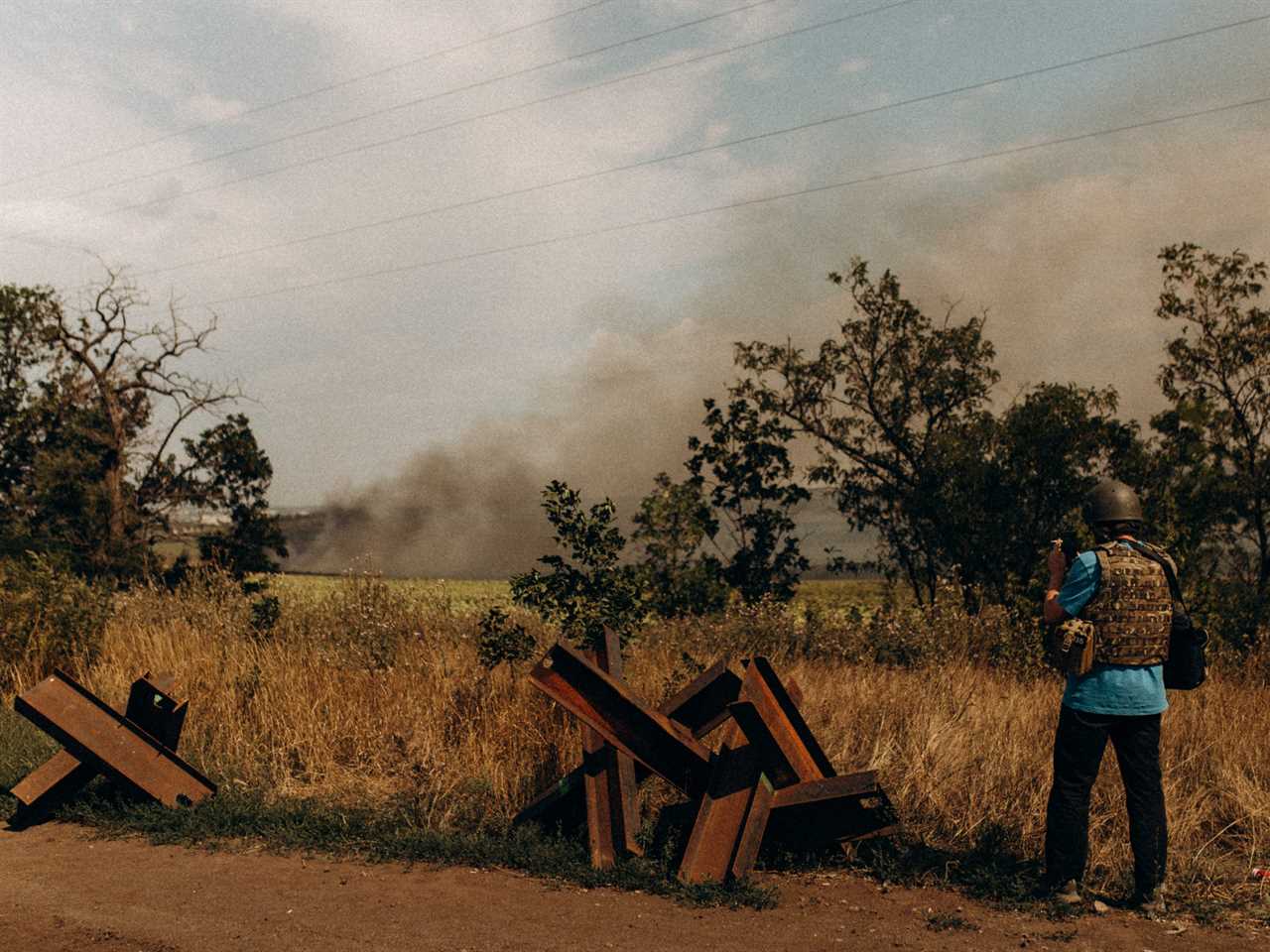
Tania Synia
Summer in the salt town
Soledar was home to just over 10,000 people before Russia invaded Ukraine. The town was most famous for its cavernous salt mines. The mine's miles-long caves, once a popular Ukrainian tourist attraction, gave Soledar both symbolic and commercial value amid the escalating war, while the town's eastern geography provided Russia an ostensible stepping stone to the larger Donbas region it so sought to occupy.
Bombings in and around Soledar intensified in July as residents fled. A fire burned in the city center for days with no firefighters left to extinguish it.
It was mid-July when Serhii Ivanov made his first visit to Soledar. The 40-year-old humanitarian worker first traveled to the city to deliver food and other essentials to civilians who initially opted to stay in the war-torn town. But as artillery attacks rendered Soledar nearly uninhabitable by August, Ivanov's trips to Soledar quickly became evacuation missions.
Even as early as July, Soledar's residents could see what lay ahead. By the end of that month, Ivanov estimated that only about 2,000 of the town's original 10,000 remained.
Evacuations and assaults
The Ukrainian Defense Ministry confirmed on August 3, 2022 that Soledar was under attack by Russian forces. Ground attacks and air strikes centered on the southeastern outskirts of Soledar battered the city in the weeks that followed.
Ivanov, who led evacuations out of Soledar throughout the summer and fall, recalled the two months after the fighting began as particularly volatile.
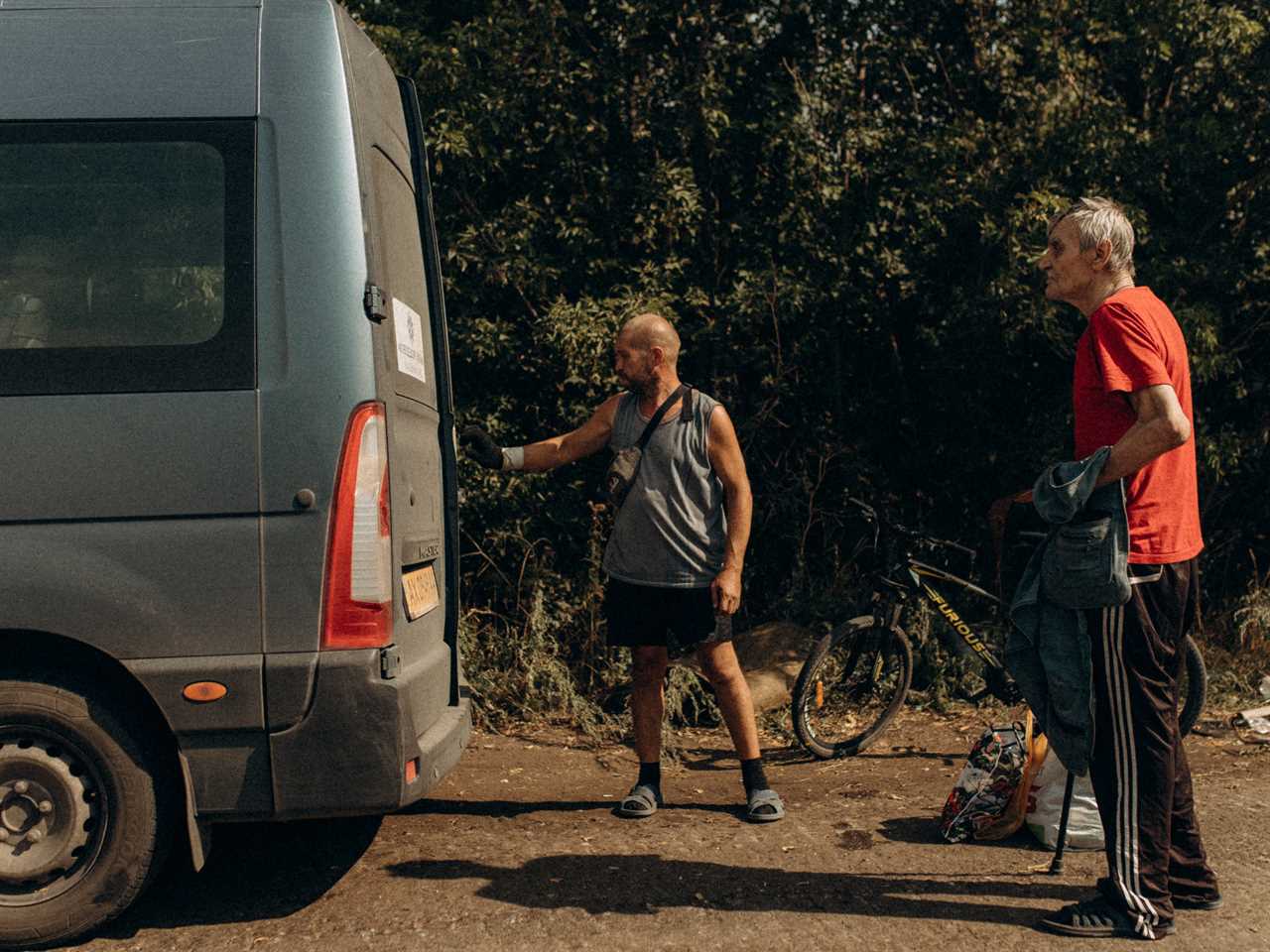
Tania Synia
"It was so fast and it was so hot," Ivanov said. "That's why so many people in August decided to go from Soledar, because it was sometimes really dangerous."
Throughout August, Ivanov estimated he evacuated as many as 60 people a day out of Soledar. Synia joined Ivanov for one such evacuation trip on August 14, 2022. Synia arrived less than two weeks after Ukrainian officials confirmed Soledar was under attack, and she estimated the city was already about 90% destroyed.
"You could smell the bombing and the smoke," she said.
The shelling was constant, Synia said, with shots ringing out about every 10 minutes. Volunteers had little time to convince residents to evacuate before they themselves had to flee.
That breakneck pace continued into autumn. In early September, Russia claimed its forces had advanced into Soledar's residential areas, where it was clashing with Ukrainian troops.
In October, Wagner Group forces began their brutal push for Bakhmut via Soledar in earnest, Kateryna Stepanenko, a Russia analyst and the deputy team lead at the nonprofit Institute for the Study of War, told Insider.
Ivanov stopped evacuations out of Soledar at the end of October. Those who would leave were long gone, he said.

Tania Synia
Wagner Group horrors
Ukraine's defenders in Soledar were primarily troops from the 46th Airmobile Brigade, the 77th Airmobile Brigade, and the 93rd Mechanized Brigade. But as the fighting dragged on, Russia's unofficial defenders — Prigozhin's mercenary Wagner Group forces — would come to dominate media coverage of the conflict.
Russia's initial objective to capture Bakhmut by sending its soldiers to encircle Ukrainian troops from all sides of the city had petered out thanks to Ukraine's defenses. But Prigozhin had set his sights on delivering Bakhmut to Putin on a silver platter that rolled through Soledar.
As the fight for Bakhmut became a slogging stalemate, Prigozhin began framing Soledar as a much-needed win for Russia and an opportunity to boost his own profile in the process, making early promises that seizing Soledar would lead to Russian victory in Bakhmut.
Reports of Wagner troops' time in Soledar are horrifying. One Wagner fighter who said he was in Soledar gave an April interview to Gulagu.net in which he said Prigozhin and other Wagner leaders ordered troops to kill everyone in Soledar, specifically children, some of whom were as young as 5. Another soldier said he personally witnessed the executions of 80 Wagner fighters who refused to follow such orders.
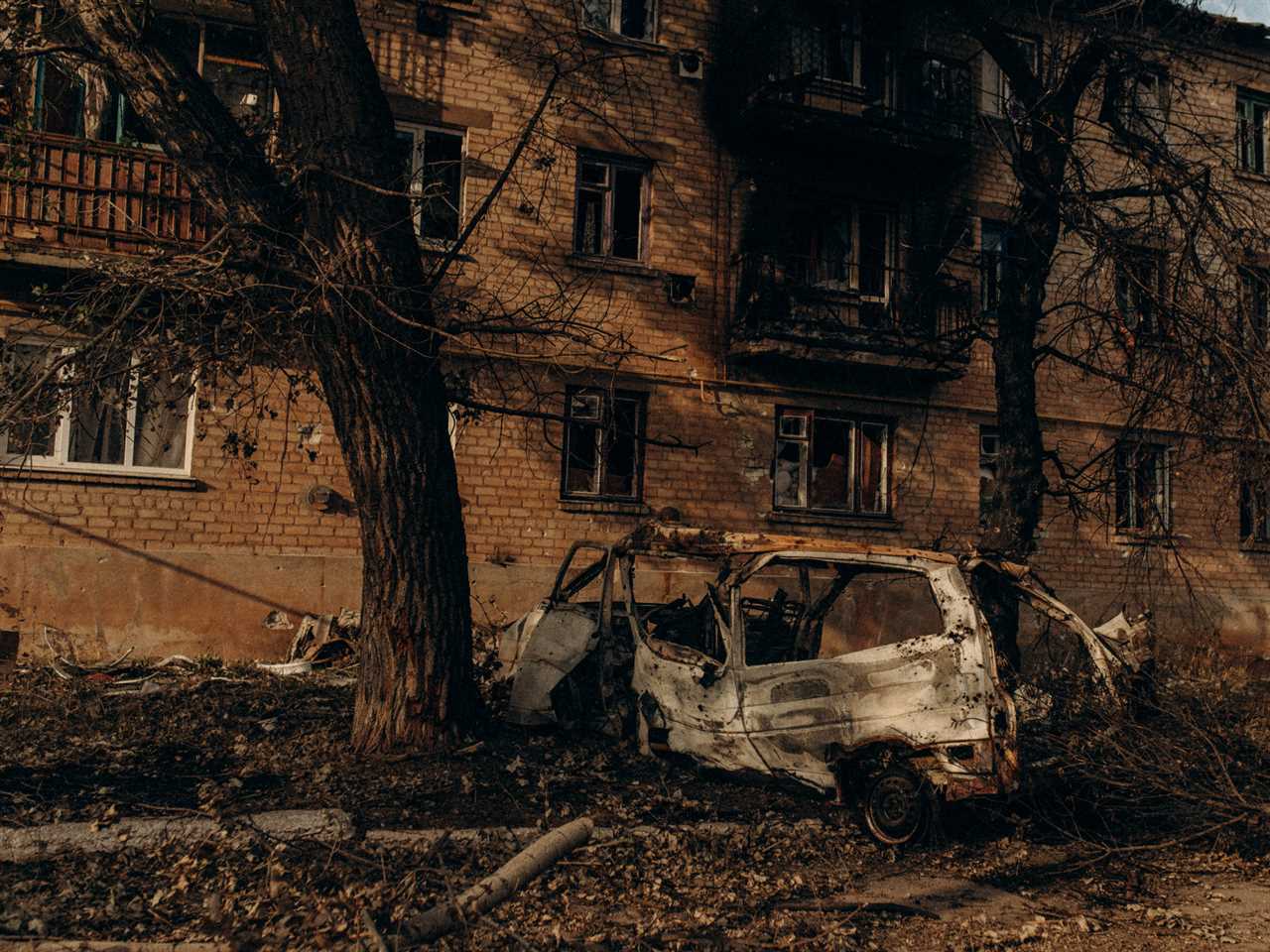
Tania Synia
"It was intensely brutal. It was human waves after human waves," Stepanenko said of the autumn fighting in Soledar. "It looked like Wagner was desperate to win. They didn't care what would happen to Ukrainian forces, they didn't care what would happen to their own forces."
As he publicly committed his forces to taking Soledar by any means necessary, Prigozhin portrayed a victory there as historically and strategically significant.
"Ultimately it wasn't," Stepanenko said. "It was just one of the settlements Russia needed to capture to advance further."
Sprawling front lines
By early November, Ukraine had declared Soledar and nearby Bakhmut the epicenter of the war's fighting, citing dozens of daily attacks. Ukrainian officials warned that Russia was likely trying to seize the region to claim some shred of success in its efforts to "liberate" the Donbas.
Nika Cherniavska, a combat medic, arrived in Soledar in November. The 19-year-old was part of a volunteer medical battalion supporting an official military medical unit.
As winter set in, Soledar's front line essentially spanned the entire city limits, Cherniavska said, making safe travel near impossible for medics retrieving soldiers from the battlefield. Cherniavska and her colleagues often had to drive across a river that runs through Soledar to reach their patients. A Russian strike had long ago destroyed the bridge.
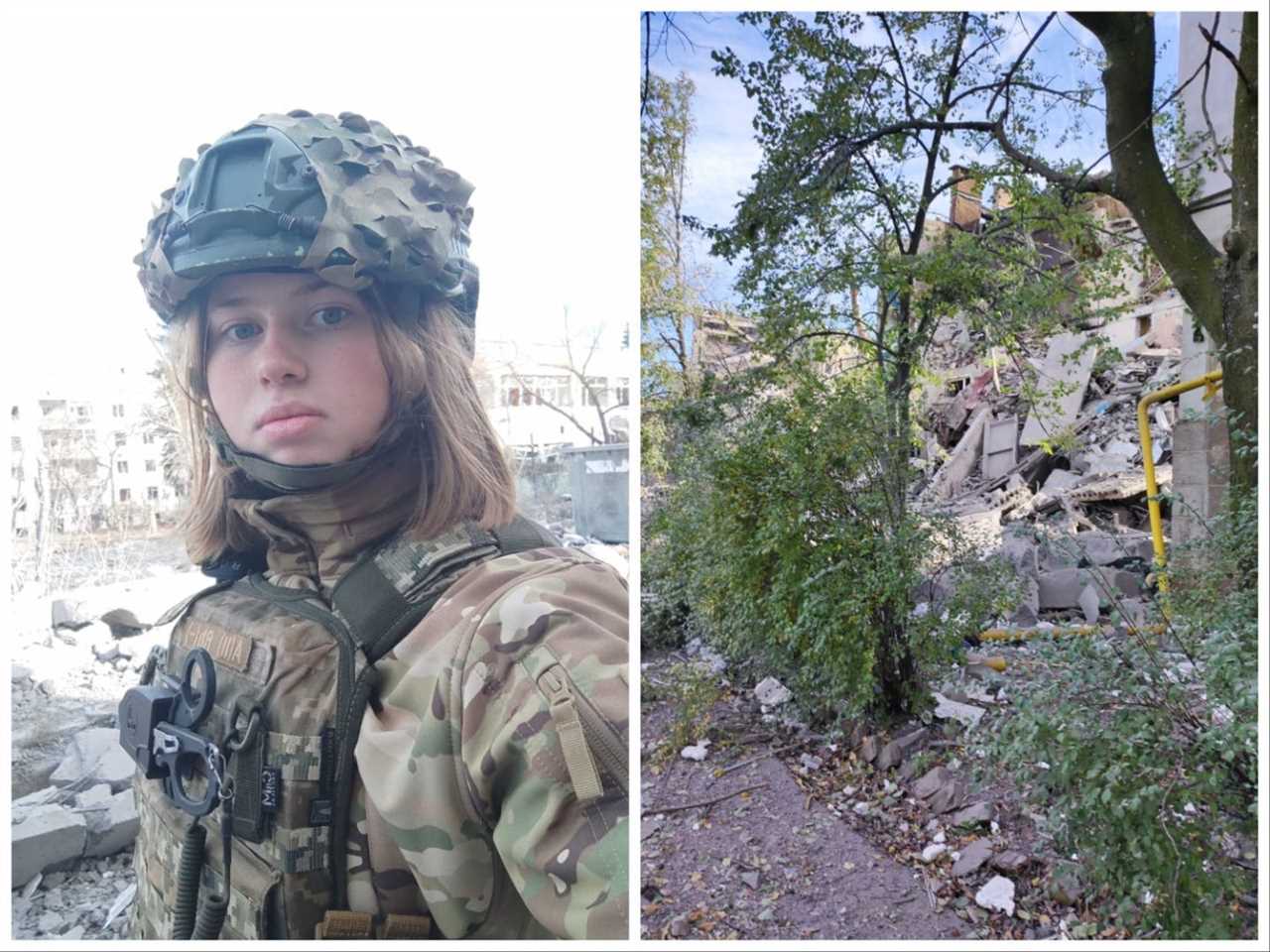
Nika Cherniavksa
"Locations could change very quickly. Today you can go by this road and tomorrow you can't; today you have this road and tomorrow you have a huge hole in the road," she said of the landscape.
Cherniavska recalled that the shelling was nonstop. Drones constantly hovered overhead as she worked — and she said she never knew which drones belonged to which side.
One night during a casualty-retrieval trip, Cherniavska and her crew's car became stuck in the ice-cold river. She and her colleagues stood in the freezing water for nearly four hours before she saw a figure crawling toward her, she told Insider.
"I thought that after all that happened that day, I am hallucinating," she said. "But when I saw the army driver taking out his gun, I understood that I'm not hallucinating and somebody is here."
A silent standoff ensued for what felt like hours, she said, with neither side willing to make the first move. Her team finally received word on the best route back to the hospital and they slipped off to safety.
Cherniavska still doesn't know who that person was or whose side they were on.
"It was the first time I actually met death face-to-face," she told Insider.
Final days
In late December 2022, Ukrainian President Volodymyr Zelenskyy called the fighting in Soledar and Bakhmut the hottest and most painful of any conflict in the country.
"They used all the resources they had to try and capture the city as fast as possible, " Stepanenko said of Wagner.
Prigozhin quickly positioned himself as the leading figure behind Russia's victory. He visited Soledar in the days before it fell and documented his time in the town's salt caves. He delivered a triumphant speech from what he claimed to be Soledar's salt mine, sharing the video on Telegram. Prigozhin was also the first to announce the fall of Soledar in what was likely an early attempt to claim credit.
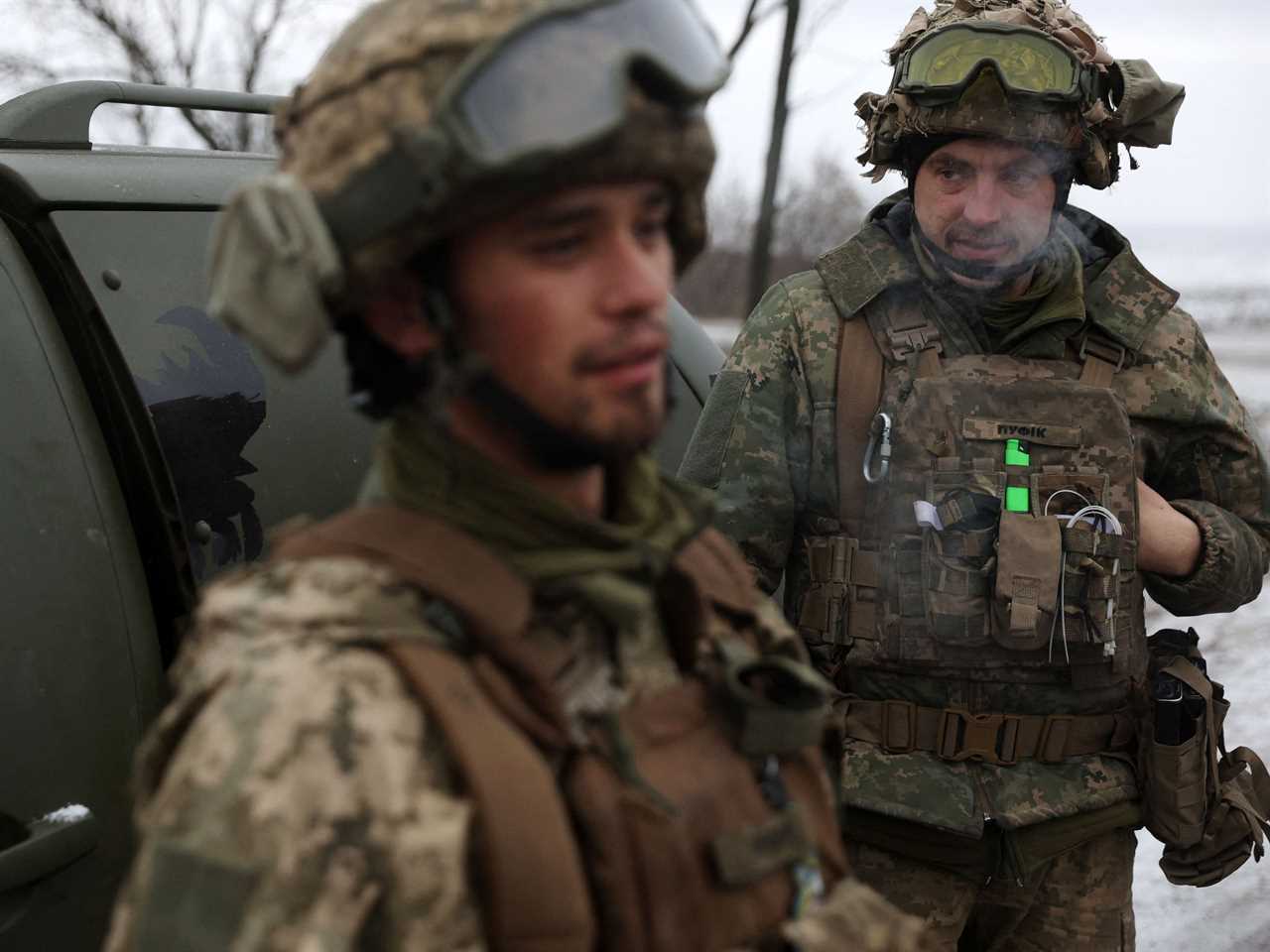
Photo by ANATOLII STEPANOV/AFP via Getty Images
The Russian Ministry of Defence claimed its forces had control of Soledar on January 12, and announced the country would use its position in the town to lay stake to Bakhmut soon.
Ukraine met Russia's declaration with half-hearted pushback, but the truth was clear: Soledar had fallen nearly 11 months after the war first began.
"The Ukrainian retreat from Soledar was likely because they knew it wasn't worth expanding their own forces in such a devastating assault," Stepanenko said.
After the fall
In the aftermath of Soledar's fall, the stalemate in Bakhmut dominated coverage of the war for the next four months until it, too, eventually fell to Russia.
After her time in Soledar, Cherniavska was stationed near the fallen town at a stabilization point that saw about 200 casualties a day through January and February. She said most of those men came from Soledar.
"It felt like I had left at least a part of me in Soledar," Cherniavska said.
But her anguish was nothing compared to what she witnessed among the soldiers who arrived from a fallen Soledar, she said.
"They were psychologically wounded," Cherniavska said. "They would scream. They would cry. They would behave irrationally. They would drag their guns. Again and again. They would tremble."
Read More
By: [email protected] (Erin Snodgrass)
Title: How a Ukrainian salt town was laid to waste in Russia's desperate push for Bakhmut
Sourced From: www.businessinsider.com/russias-wagner-group-decimated-soledar-for-short-lived-political-win-2023-9
Published Date: Sun, 12 Nov 2023 11:23:01 +0000
.png)


